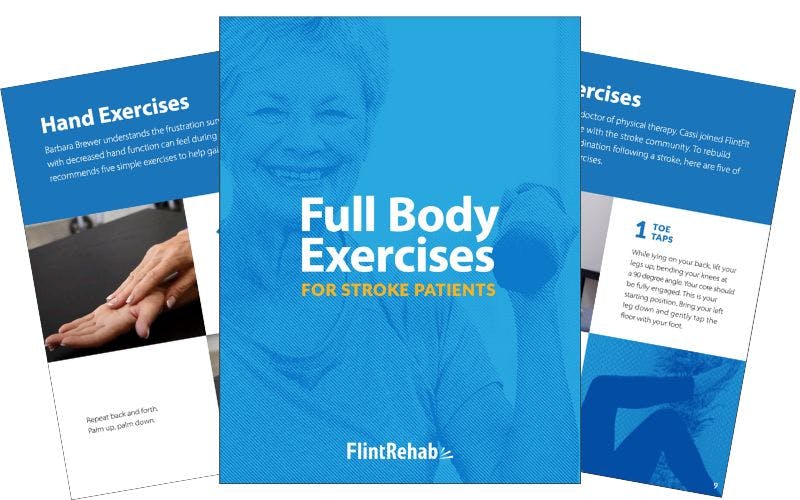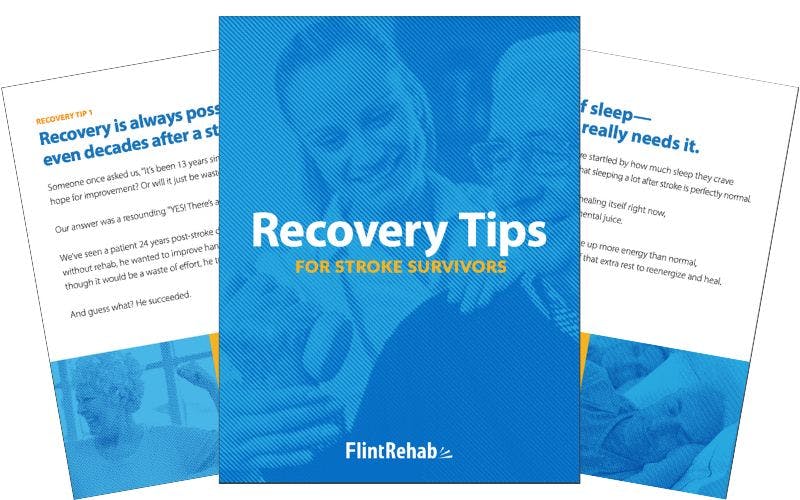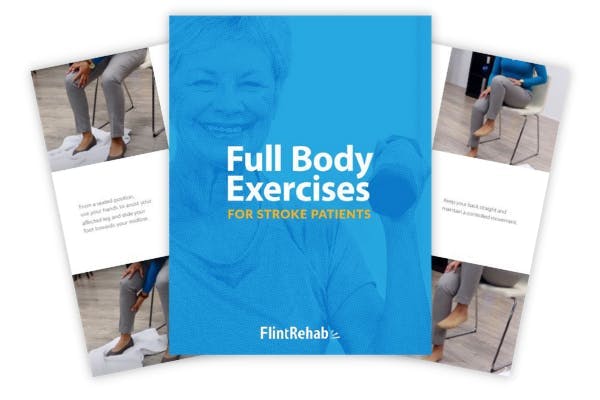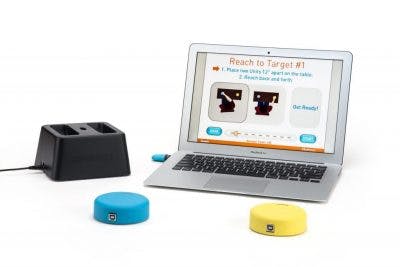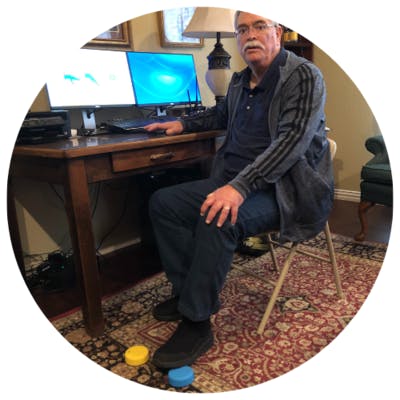Should individuals administer aspirin for emergency stroke treatment? While aspirin may be administered to acute stroke patients in the hospital, it should never be used as an emergency stroke treatment outside of the hospital setting. If someone is showing signs of a possible stroke, individuals should immediately call for emergency medical attention and not administer any medications, including aspirin.
Although it is possible that aspirin could help the individual experiencing a stroke, it also has the potential to make the stroke more severe. Therefore, the only individual who should provide aspirin for emergency stroke treatment is a doctor who has performed a brain scan and can confirm the individual’s diagnosis.
This article will explain why certain medications, such as aspirin, can be dangerous if administered without a doctor’s approval. It will also outline how to safely use aspirin for emergency stroke treatment and describe how aspirin may be used for stroke prevention.
Use the links below to jump directly to any section of this article:
- Should individuals use aspirin for emergency stroke treatment?
- When is aspirin a safe stroke treatment option?
- Using aspirin to prevent recurrent stroke
- Aspirin as a primary stroke prevention measure
Is It Recommended to Use Aspirin for Emergency Stroke Treatment?
Aspirin is an anti-inflammatory medication that is commonly used to treat pain, fever, and swelling. Taken daily at a low dose, aspirin can also reduce the risk of developing blood clots. This can lower the risk of heart attack and ischemic stroke, both of which are caused by clots that have blocked blood vessels. However, taking aspirin as a blood thinner can cause major bleeding and worsen the outcomes of hemorrhagic stroke, a type of stroke caused by bleeding in the brain due to a ruptured blood vessel.
Although ischemic stroke is much more common, accounting for 87% of all strokes, there is no reliable way of knowing whether a person is having an ischemic stroke or hemorrhagic stroke without a brain scan. Since the effects of taking aspirin for a hemorrhagic stroke can be detrimental, it is essential to wait until a brain scan has been performed before administering aspirin for emergency stroke treatment.
With this in mind, aspirin should not be self-administered by individuals experiencing a stroke, nor given by their family members. Rather, the only individual who should administer aspirin for emergency stroke treatment is a medical professional with a full understanding of the patient’s current diagnosis and relevant medical history.
Clot-dissolving medications, such as tissue plasminogen activator (tPA), aspirin, or dual antiplatelet therapy, are frequently used in the hospital setting to treat ischemic stroke. However, these medications are not appropriate for those experiencing a hemorrhagic stroke, as they may worsen bleeding and cause further complications. Rather, surgical interventions are often required to manage bleeding in the brain.
When is it Safe to Use Aspirin for Emergency Stroke Treatment?
Following a stroke, there is a specific time frame in which pharmacological treatments can be safely administered within the hospital setting. In individuals experiencing an ischemic stroke, tPA must be administered within 3-4.5 hours after stroke onset. Aspirin has a larger approved administration window of 24-48 hours after stroke onset. If an individual has already been treated with tPA, it is recommended to delay administering aspirin for at least 24 hours.
Some studies recommend using dual antiplatelet therapy to treat ischemic stroke, which involves administering aspirin along with a P2Y12 inhibitor, such as clopidogrel or ticagrelor. This can further reduce the risk of sustaining another stroke, but may increase the likelihood of experiencing major bleeds.
Since the effectiveness and safety of these medications depends upon their timely administration, it is vital to seek emergency medical treatment upon first identifying any signs of stroke. This can allow time for medical professionals to determine whether a stroke is occurring, and identify whether the stroke is caused by a ruptured or clogged blood vessel.
Although there is a lower possibility of sustaining a hemorrhagic stroke, it is essential that aspirin is not taken as a universal stroke treatment. This is because when blood thinning medications like aspirin are used during a hemorrhagic stroke, it could worsen bleeding and, as a result, worsen patient outcomes. In the worst scenarios, it could even lead to death.
Therefore, aspirin should not be self-administered in cases of suspected stroke. Instead, individuals should seek emergency medical attention so that doctors can diagnose the type of stroke occurring and proceed appropriately.
Daily Aspirin for Recurrent Stroke Prevention
After a stroke has been treated, doctors should follow up with a suggested protocol to help prevent a second stroke. For survivors that sustained ischemic stroke, doctors may prescribe a daily, low-dose aspirin to help prevent another blood clot in the brain. The dose will vary based on a survivor’s unique health risk factors.
Low doses of aspirin typically range between 75-100 mg, with 81 mg per day being prescribed most commonly. However, some individuals may be recommended to take a regular strength tablet of 325mg for daily use.
The benefits and drawbacks of daily long-term aspirin use are continuing to be researched. While a daily dose of aspirin following ischemic stroke may decrease the risk of a recurrent stroke by approximately 22%, there is also an increased risk of experiencing major bleeding, potentially resulting in a hemorrhagic stroke.
Studies suggest that using dual antiplatelet therapy, such as taking a daily aspirin along with clopidogrel, can be more effective in reducing the risk of recurrent stroke than using aspirin alone. Furthermore, as long as dual antiplatelet therapy is continued for less than 30 days following stroke, there is no increase in the likelihood of experiencing major bleeds.
Daily Aspirin to Prevent an Initial Stroke
Daily aspirin use is also often recommended as a primary prevention measure among individuals at a high risk of stroke, according to the American Heart Association. In fact, over half of all adults between ages 45 and 75 who take aspirin do so to prevent a first stroke. However, research on this is mixed, as the benefits may not outweigh the risks.
Major bleeding, particularly gastrointestinal bleeds, are among the most prevalent adverse effects of daily aspirin use. Alcohol use can also increase the risk of complications among individuals regularly taking aspirin.
Those with a history of hemorrhagic stroke are not appropriate for aspirin therapy. Instead, doctors will address other preexisting medical conditions, such as high blood pressure, to decrease the risk of recurring stroke.
With the mixed evidence regarding aspirin as a stroke prevention measure, it is critical for individuals to talk with their medical team to determine which stroke prevention protocol is most appropriate. Other potential stroke prevention strategies that doctors may recommend include diet modifications, smoking cessation, and regular exercise.
Understanding the Use of Aspirin for Emergency Stroke Treatment and Prevention
Aspirin is a blood thinning medication that should not be self-administered for stroke. If a stroke is diagnosed as ischemic, doctors can administer aspirin within 24-48 hours to dissolve the blood clot and restore blood flow to the brain. However, when a stroke is diagnosed as hemorrhagic, aspirin should be avoided as it can worsen bleeding in the brain.
It is important to remember that, whether taking aspirin for emergency stroke treatment or as a stroke prevention measure, there are always benefits and risks to consider. Therefore, it is always best to consult with one’s medical team instead of self-administering medications such as aspirin.


